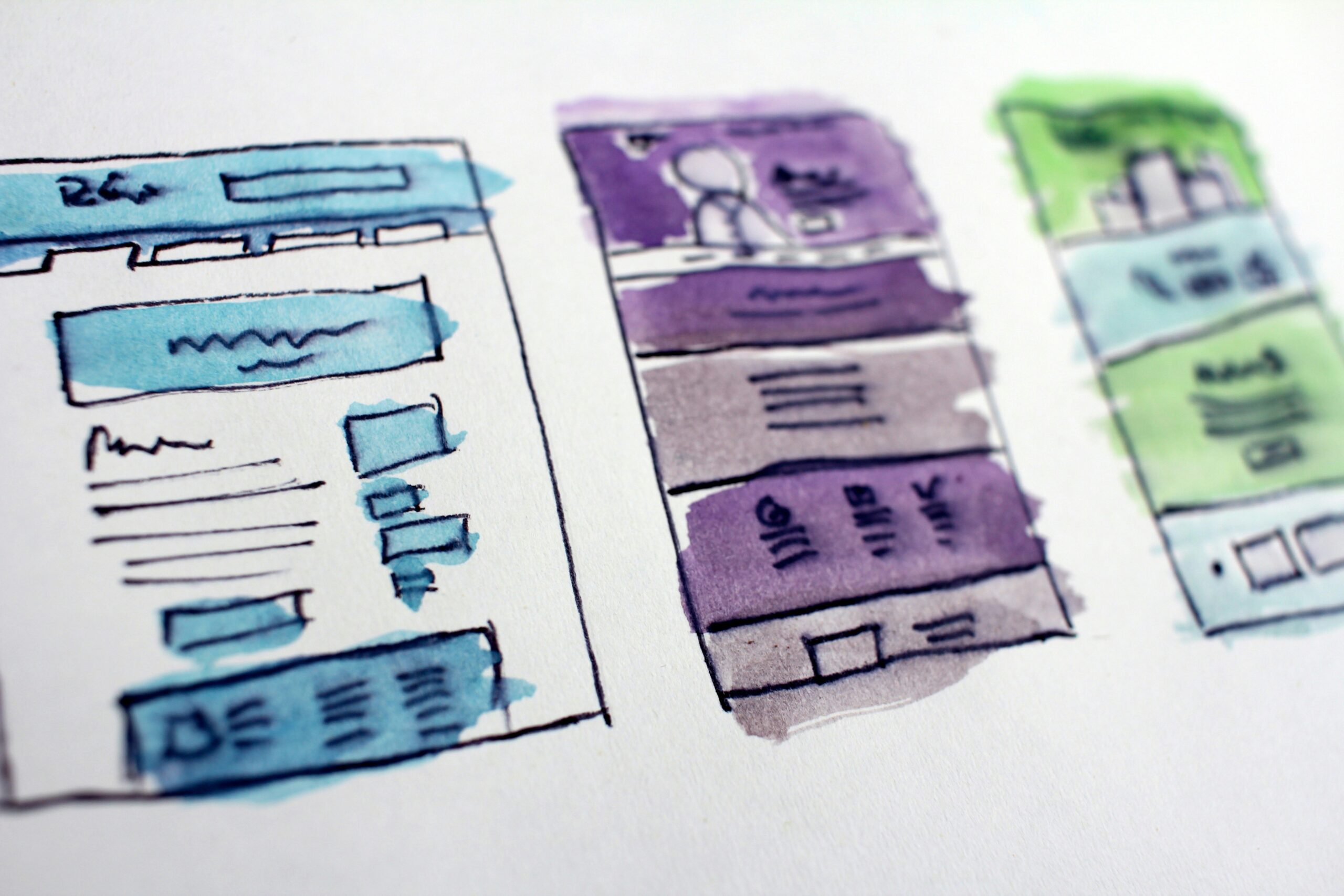When it comes to digital products, user experience (UX) is a critical factor that can make or break the success of a website or application. A seamless and intuitive user interface (UI) coupled with a well-designed user experience can greatly enhance user satisfaction and engagement. In this blog post, we will explore some innovative UI/UX solutions that can take your digital products to the next level.
1. Responsive Design
In today’s mobile-first world, responsive design is no longer an option, but a necessity. With a responsive design, your website or application adapts to different screen sizes and devices, providing a consistent and optimal user experience across all platforms. This not only improves usability but also boosts search engine rankings, as search engines prioritize mobile-friendly websites.
2. Minimalism
Minimalism is a design approach that focuses on simplicity and clarity. By eliminating unnecessary elements and using clean lines and ample white space, minimalistic UI/UX designs create a visually appealing and clutter-free experience. This allows users to easily navigate through the interface and find the information they need without any distractions.
3. Microinteractions
Microinteractions are small, subtle animations or visual feedback that provide users with instant feedback and enhance the overall user experience. For example, a button changing color when hovered over or a progress bar indicating the loading status of a page. These small details not only make the interface more engaging but also provide valuable feedback to the user.
4. Personalization
Personalization is a powerful tool for creating a tailored user experience. By leveraging user data and preferences, you can customize the interface to meet individual needs and provide relevant content and recommendations. Personalization can range from simple features like remembering user preferences to more advanced algorithms that offer personalized product recommendations.
5. Voice User Interface
Voice user interface (VUI) is gaining popularity with the rise of voice assistants like Siri, Alexa, and Google Assistant. Integrating VUI into your digital products allows users to interact with the interface using voice commands, making it more accessible and convenient. VUI can be particularly useful in hands-free situations or for users with disabilities.
6. Gamification
Gamification is the incorporation of game elements and mechanics into non-game contexts. By adding elements like challenges, rewards, and leaderboards, you can make the user experience more engaging and motivate users to interact with your digital product. Gamification can be particularly effective in e-learning platforms, fitness apps, or loyalty programs.
7. Progressive Web Apps
Progressive web apps (PWAs) combine the best of both web and mobile applications. PWAs are web-based applications that can be installed on a user’s device, providing an app-like experience without the need for downloading from an app store. PWAs offer fast loading times, offline functionality, and push notifications, enhancing the overall user experience.
8. Accessibility
Accessibility should be a top priority when designing UI/UX solutions. By ensuring that your digital products are accessible to users with disabilities, you can provide an inclusive experience for all users. This includes features like alternative text for images, keyboard navigation, and color contrast for visually impaired users.
9. Data Visualization
Data visualization plays a crucial role in presenting complex information in a clear and understandable way. By using charts, graphs, and infographics, you can transform raw data into visually appealing and interactive visuals. This not only improves the user experience but also helps users make informed decisions based on the presented data.
10. Continuous Testing and Iteration
UI/UX design is an iterative process, and continuous testing is essential to ensure that your digital products are meeting user expectations. By gathering user feedback, conducting usability tests, and analyzing user behavior, you can identify areas for improvement and make necessary adjustments to enhance the user experience.
In conclusion, by implementing these innovative UI/UX solutions, you can greatly enhance the user experience of your digital products. Whether it’s responsive design, minimalism, personalization, or any other solution mentioned, the key is to prioritize the needs and preferences of your users. By providing a seamless and intuitive experience, you can not only attract and retain users but also create a positive brand image and drive business growth.











Leave a Reply